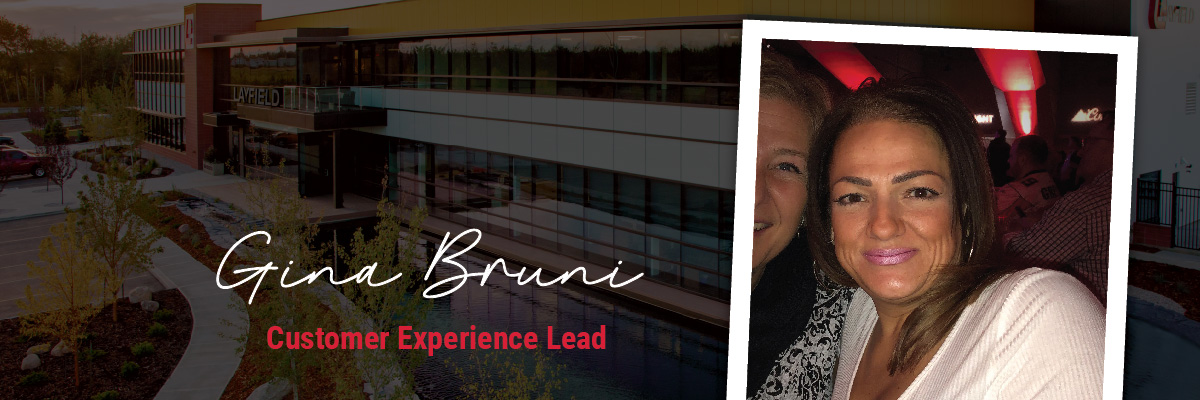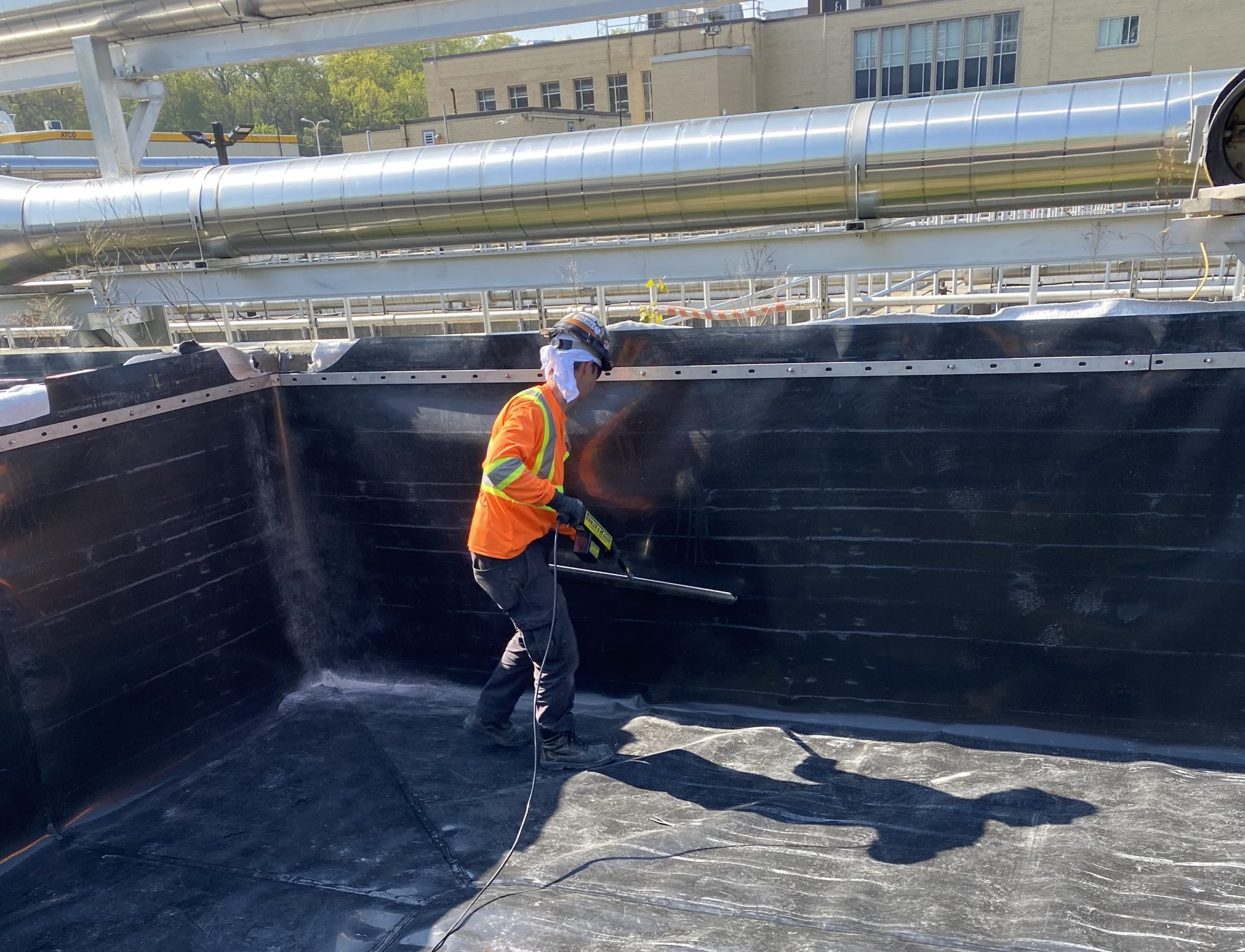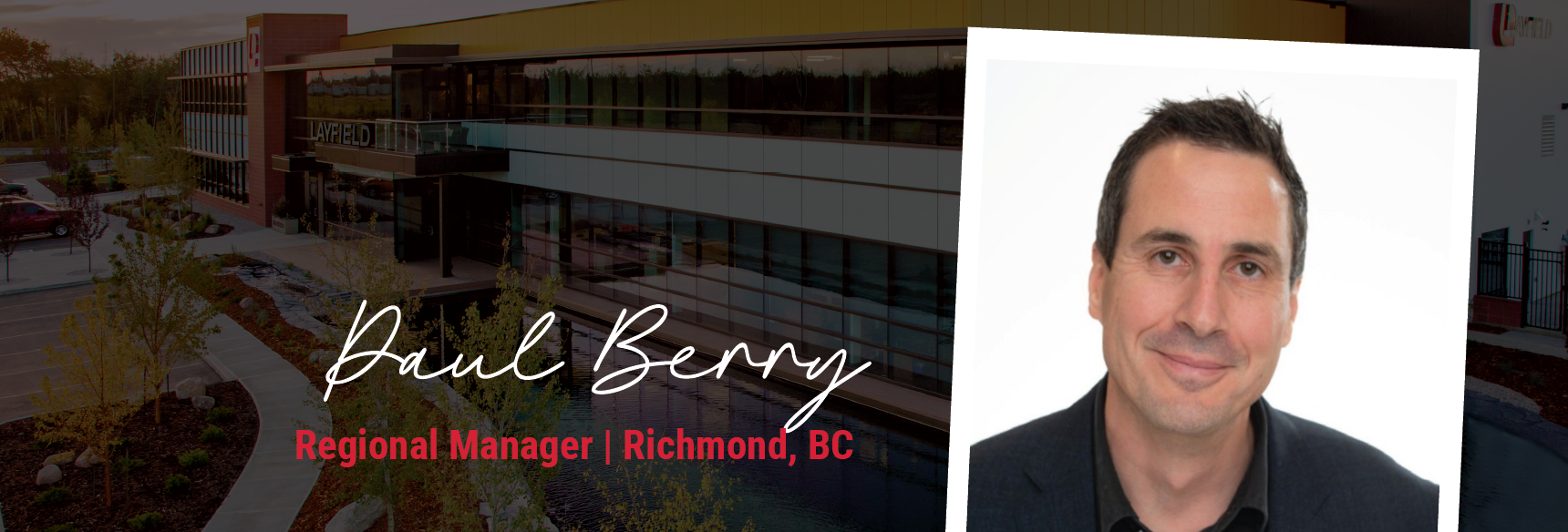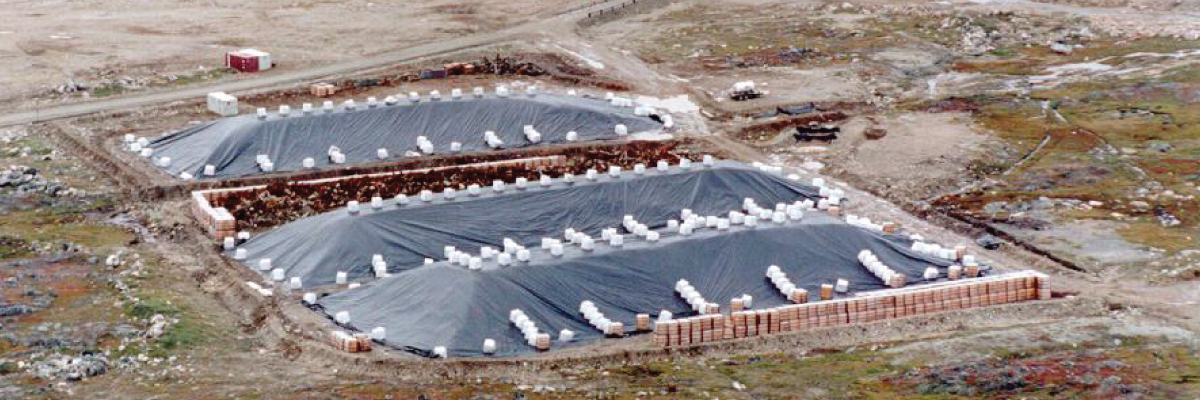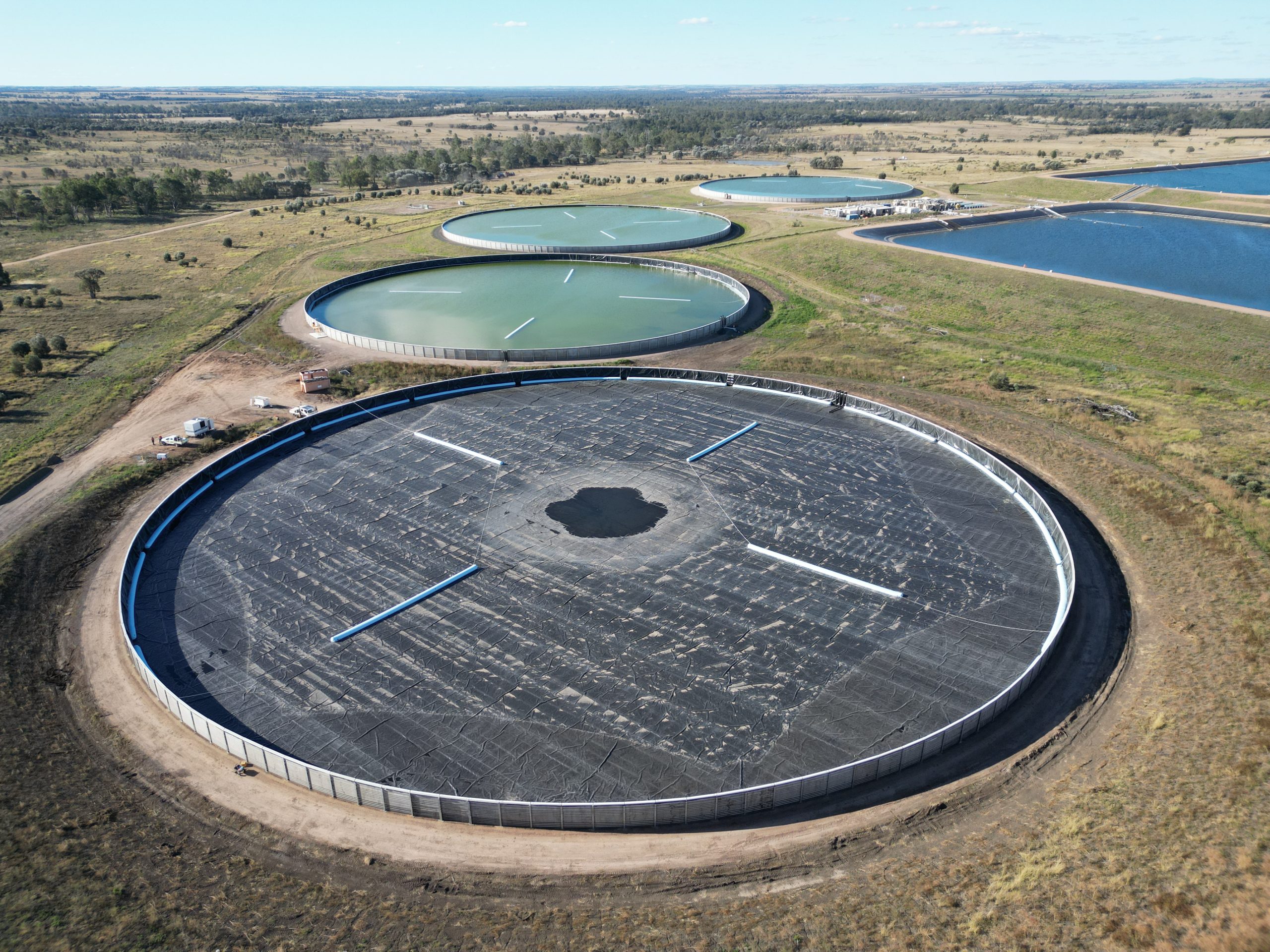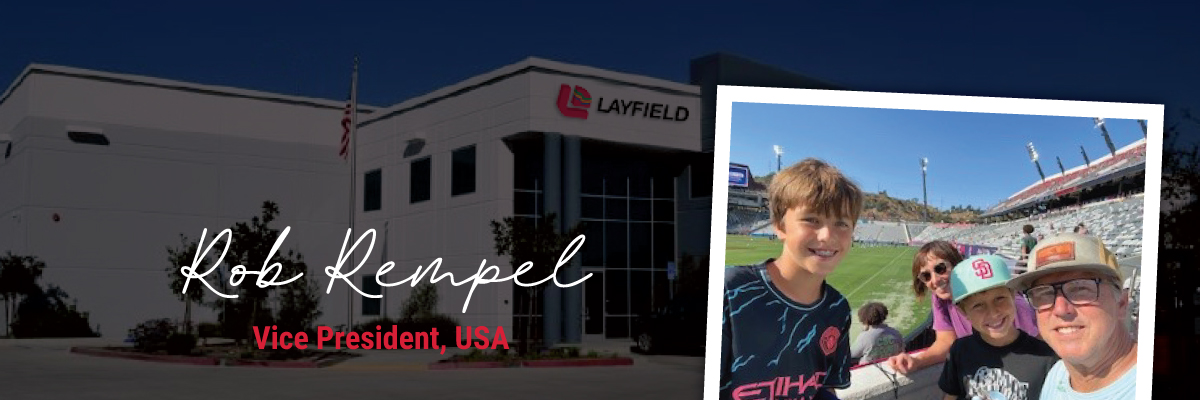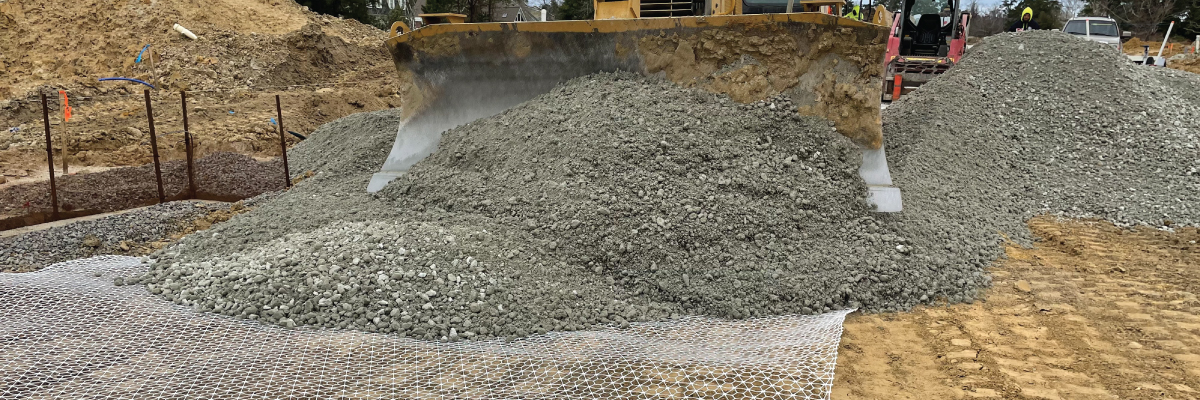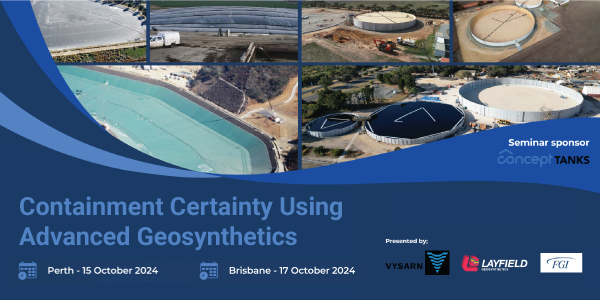By Dan Lotufo | Layfield Geosynthetics, USA
Traditional stormwater Best Management Practices (BMPs), often referred to as bioretention basins, bioswales, rain gardens, etc., have incorporated geosynthetic components as part of their design. These BMPs collect, manage and treat stormwater runoff and have three different applications: infiltration, detention, and retention. With infiltration, a nonwoven geotextile is utilized to provide separation between the fill material in the BMP (biofiltration media, sand, gravel, etc.) and the native soil. This allows runoff water to pass through and percolate into the surrounding soil. Detention and retention BMPs are designed to retain water and will typically include a geomembrane to capture that treated runoff. This is done in conjunction with a nonwoven geotextile to provide puncture protection to the geomembrane, both during and after installation.
For several years engineers have been forced to replace traditional above-ground BMPs with below-ground storage options due to a lack of available land space on new projects, implementing systems such as the StormTank® from Brentwood Industries. A common question Layfield receives when working with design engineers on the StormTank® product is how to achieve the desired goal of either infiltration, detention, or retention and how to properly specify the location and type of geosynthetic material. We will try to simply explain this process and how the same design concepts of above-ground BMPs are incorporated into these underground storage systems.
Infiltration
If infiltration is possible and desired onsite, only a nonwoven geotextile needs to be utilized. The graphic in Figure 1 below shows an example of a typical cross-section.
Figure 1 Example of a below-ground storage system designed to infiltrate
The StormTank® requires compacted angular stone around the underground storage system for stability. A nonwoven geotextile such as Layfield’s LP6 product will provide separation between the compacted stone and the native soil and between the StormTank® modules and the stone. This will permit runoff collected in the Stormtank system to percolate through the nonwoven geotextile layers and into the native soil and prevent migration of fines into the tank itself.
Detention or Retention
If detention or retention is the goal, then a geomembrane may be utilized to prevent any infiltration. There are two methods of using a geomembrane to prevent infiltration. In many instances, the storage volume inside the modules only needs to be considered. The graphic in Figure 2 below shows a typical cross-section.
Figure 2 Example of a below-ground storage system designed to capture water, only considering Stormtank module volume
The blue line indicates the impermeable liner layer, but much like an above-ground BMP, the geomembrane needs to be sandwiched between two layers of nonwoven geotextile. The geotextile specified in this scenario is Layfield’s LP8, a little thicker than the LP6 placed outside of the stone. This prevents puncture in the liner from the stone compacted around the system, as well as the 90° edges of the Stormtank system.
In some cases, the void in the stone layer around the system may want to be utilized in the overall design volume. The ¾” (19mm) clear stone required has a 40% void space and can be considered as part of the total storage volume or be used as freeboard or dead storage. In this situation, a cross-section of the design would look similar to Figure 3 below.
Figure 3 Example of a detention or retention system including the stone void as part of the storage volume
The geomembrane has been placed outside of the stone layer to capture that extra storage in the stone. However, it is still sandwiched between two thick geotextile layers for protection.
Hopefully, after reading this, it has become easier to see how the same geosynthetic concepts applied to traditional BMP systems are incorporated into underground storage systems such as the StormTank®. Layfield has over 45 years of experience and expertise with geosynthetic products and design.
Related Articles
View All News